 How to Read an Insulin Syringe
How to Read an Insulin SyringeDiabetes Teaching Center at the University of California, San FranciscoLanguagesSearchCalculating Insulin Dose You will need to calculate some of your insulin doses. You'll also need to know some basic things about insulin. For example, 40-50% of the total daily insulin dose is to replace insulin at night. Your provider will prescribe an insulin dose regimen; however, you still need to calculate some of your insulin doses. Your insulin dose regimen provides formulas that allow you to calculate how much insulin bowls you take in meals and snacks, or correct high blood sugars. In this section you will find: First, some basic things to know about insulin: Bolus – Carbohydrate Coverage The dose of bolt for food coverage is prescribed as an insulin to the ratio of carbohydrates. The insulin-carbohydrate ratio represents how many grams of carbohydrates are covered or eliminated by 1 insulin unit. In general, a fast-acting insulin unit will be disposed of 12-15 grams of carbohydrates. This range can vary from 6-30 grams or more carbohydrates depending on an individual's sensitivity to insulin. Insulin sensitivity can vary from time to day, from person to person, and is affected by physical activity and stress. Bolus – High Blood Sugar Correction (also known as insulin sensitivity factor) The dose of bolt for high blood sugar correction is defined as how much a fast-acting insulin unit will drop sugar in the blood. Generally, to correct a high blood sugar, an insulin unit is needed to drop glucose in the blood at 50 mg/dl. This drop of blood sugar can vary from 30-100 mg/dL or more, depending on the individual insulin sensitivities, and other circumstances. Examples:Read some examples and therapeutic principles on how to calculate the dose of carbohydrate coverage, doses of high blood sugar correction and the total dose of insulin. Example #1: Carbohydrate Coverage in a Food First, you should calculate the insulin dose of carbohydrate coverage using this formula: CHO insulin dose = Total CHO in the food ÷ grams of CHO arranged by 1 insulin unit (CHO grams arranged by 1 insulin unit is the lower number or denominator of the Insulin ratio). For example #1, assume: To get the insulin dose of the CHO, plug the numbers in the formula: insulin dose of PAHO = total PAHO levels in food (60 g) ÷ grams of PAHO arranged by 1 insulin unit (10) = 6 units You will need 6 units of fast insulin to cover the carbohydrate. Example #2: blood sugar correction doseNext, you have to calculate the dose of high blood sugar correction. High blood sugar correction dose = Difference between real blood sugar and target blood sugar* ÷ correction factor.* Real blood sugar minus target blood sugarFor example #2, assume: Now, calculate the difference between your real blood sugar and target blood sugar:220 minus 120 mg/dl = 100 mg/dl To get the insulin dose of high blood sugar correction, plug the numbers in this formula: Correctional dose = Difference between real and target blood glucose (100mg/dl) = 2 units of fast action insulin Therefore, you will need 2 additional units of quick-acting insulin to "cut" blood sugar to a target of 120 mg/dl. Example #3: Total dose of food time Finally, to get the total dose of insulin of food time, add the insulin dose of PAHO along with the insulin dose of blood sugar correction: CHO Insulin dose + High blood sugar correction dose = Total insulin dose For example #3, assume:Now, add the two doses together to calculate the total dose of insulin. Carbohydrate coverage dose (6 units) + high sugar correction dose (2 units) = 8 units total dose of food! The total insulin dose of lunch is 8 units of fast insulin. Example #4: Formulas commonly used to create insulin dose recommendations This example illustrates a method for calculating the dose of substance/basal and bolt and the estimated daily dose of insulin when you need full insulin replacement. Note that this can be too much insulin if you are recently diagnosed or still doing a lot of insulin on your own. And it can be very little if you are very resistant to insulin action. Talk to your provider about the best dose of insulin for you as this is a general formula and may not meet your individual needs. The initial calculation of the basal/back and screw doses requires estimating your daily total dose of insulin: Total daily insulin requirements: The general calculation for the daily insulin requirement of the body is: Total daily insulin requirement (in insulin units) = Pound weight 4Alternatively, if you measure your body weight in kilograms: Total insulin requirement If your body is insulin sensitive, it may require a lower dose of insulin. Baseline/background and Bolus Insulin dose Afterwards, you must set the basal/background dose, the dose of carbohydrate coverage (insulin for carbohydrate ratio) and the high dose of blood sugar correction (correction factor). Basal/background insulin dose: Basal/background Insulin dose = 40-50% of the total daily insulin dose Example: In this example:Basal/background insulin dose = 50% TDI (40 units) = 20 long-acting insulin units (such as glargine or detemir) or quick-acting insulin if you are using a insulin pump (subcutaneous infusion device). The ratio of carbohydrate coverage:500 ÷ Total daily insulin dose = 1 insulin unit covers so many grams of carbohydrates This can be calculated using the "500" Rule: Bolus Carbohydrates Calculation In this example :Carbohydrates coverage ratio = 500 ÷ TDI(40 units) = 1unit insulin/ 12 g CHOThis example above assumes that you have a constant response to insulin throughout the day. In fact, the individual sensitivity of insulin varies. Someone who is resistant in the morning, but sensitive at noon, will have to adjust the insulin-carbohydrate ratio at different moments of food. In such a case, the insulin dose of the fund would still be approximately 20 units; however, the insulin-carbohydrate breakfast ratio could be breakfast 1:8 grams, lunch 1:15 grams and dinner 1:12 grams. Insulin to carbohydrates may vary during the day. Insulin to carbohydrates may vary during the day. Blood sugar correction factor: Correction factor = 1800 ÷Total of the daily insulin dose = 1 insulin unit will reduce blood sugar as many mg/dl This can be calculated using the "1800" Rule. Example: In this example: Correction factor = 1800 ÷ TDI (40 units) = 1 insulin unit will reduce the blood sugar level by 45 mg/dlWhile the calculation is 1 unit will lower the blood sugar 45 mg/dl, so it is easier than most people round or round the number so that the suggested correction factor can be 1 insulin mg/dl. Please note that the estimated insulin regimen is an initial "best guess" and the dose may need to be modified to keep your blood sugar in the target. In addition, there are many variations in insulin therapy. You will need to meet your specific insulin requirements and dose regimen with your health care provider and diabetes equipment. Self-assessment Quiz are available for covered topics on this website. To know how much you've learned about Type 1 Diabetes Treatment, take ours when you've completed this section. The test is a multiple option. Please choose the best answer to each question. At the end of the test, your score will appear. If your score is over 70% correct, you're doing very well. If your score is below 70%, you can return to this section and review the information. Types of Diabetes ©2007-2021 Collective work Martha Nolte Kennedy, Regents of the University of California. All rights reserved.
Main menu User menuSearch The Insulin Unit This is a single PDF article. The first page of the article appears above. Log in using your username and password Purchase access In this issue Thank you for your interest in spreading the word about Diabetes. NOTE: We only request your email address so that the person you are recommending the page knows that you wanted to see it, and that it is not junk mail. We don't capture any email address. Citation Manager FormatsGame to section Related articles Cited by... More in this section of TOC Similar Articles More information Other ADA Resources © 2021 by the American Diabetes Association. Diabetes Print ISSN: 12-1797, Online ISSN: 1939-327X.

How to Read an Insulin Syringe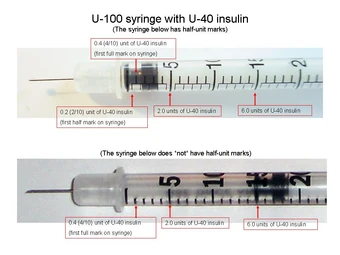
Unit | Canine Diabetes Wiki | Fandom
How to Convert U-100 Insulin in Units to Milliliters - PetPlace
How to Read an Insulin Syringe
Insulin
Insulin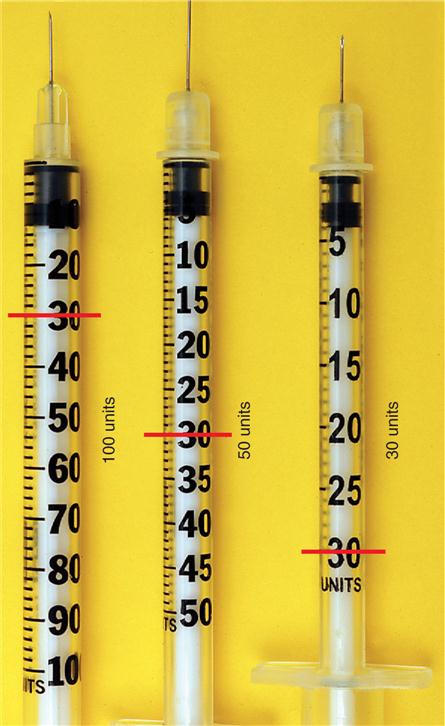
Insulin Administration | Basicmedical Key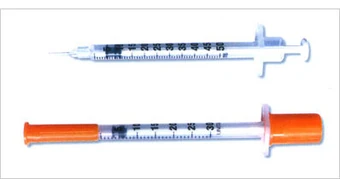
U100 Syringes | Canine Diabetes Wiki | Fandom
How to Read an Insulin Syringe
Using U-500 Insulin | Clinical Diabetes
Insulin Administration | Basicmedical Key
Insulin
Two Different Dietitians & My Changed Insulin Regime | Antony Simpson's Blog
Insulin Syringes - BD
Insulin
Administering 150 to 300 micrograms – SCNIR
Learning to inject insulin and it's not going well | Feline Diabetes Message Board - FDMB
NovoLog® Mix 70/30 Dosing & Administration Guidelines for HCPs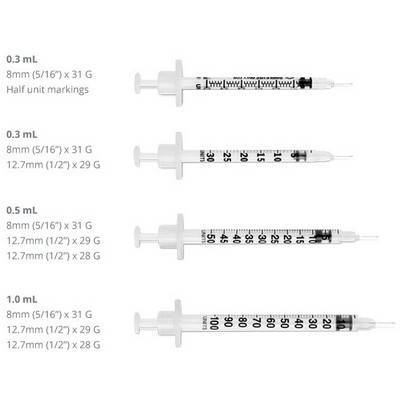
What Is 2 Units Of Insulin
Patient guide for choosing correct insulin syringe size and length • Use a 30-unit syringe if you take 30 units of insulin or less.• U… | Syringe, Insulin, The unit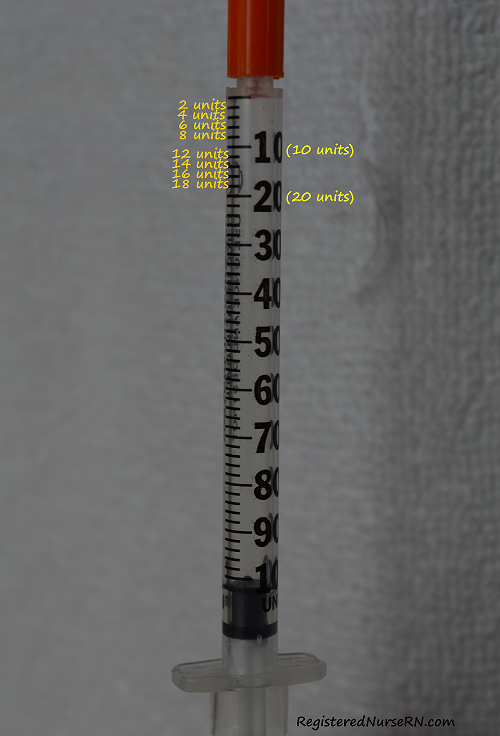
How to Read a Syringe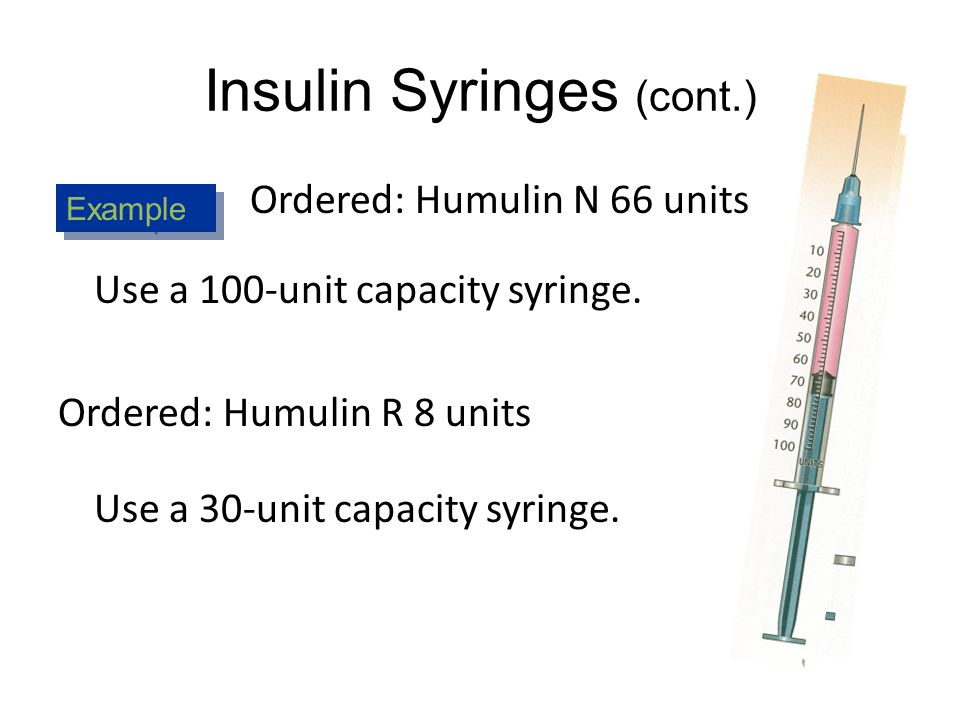
Insulin Syringes Marked in units Calibrated in 1- or 2-unit increments - ppt video online download
Toujeo vs Lantus | Toujeo® (insulin glargine injection) 300 Units/mL
Insulin Syringes - BD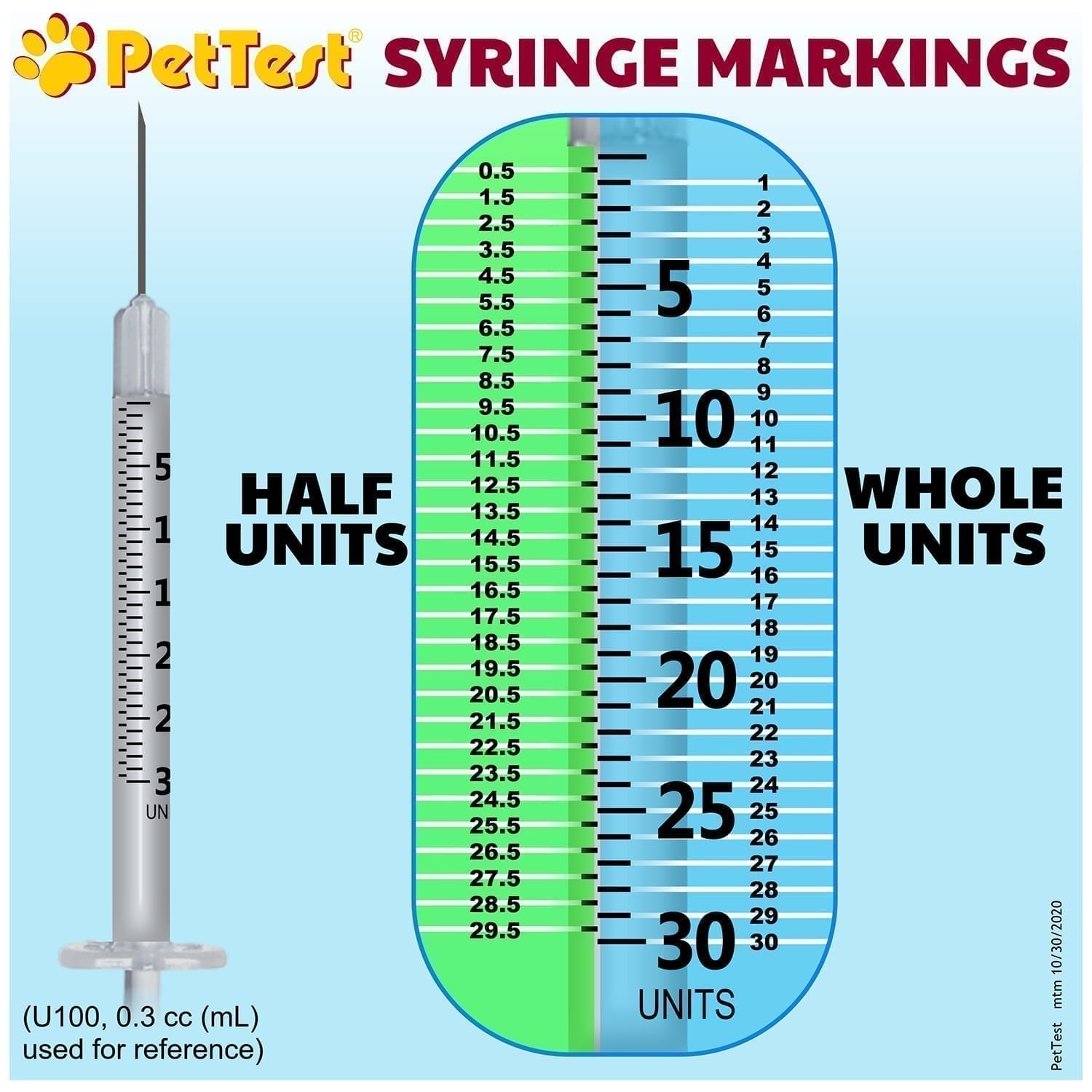
Syringes: A Thorough Breakdown
Insulin Calculations for Type 1 Diabetes Insulin-to-Carb ... | GrepMed
U-100 Insulin Dosage Calculation (Two Examples) - YouTube
Insulin – Pharmacology, Therapeutic Regimens, and Principles of Intensive Insulin Therapy - Endotext - NCBI Bookshelf
Learn How to Inject Lantus | Lantus® (insulin glargine injection) 100 Units /mL
BD Micro-Fine+ 29G 1ml Insulin Syringes | Needles & Syringes | MediSupplies
What's Your Insulin Sensitivity Factor? – Diabetes Daily
Sanofi launches SOLIQUA in Singapore to treat adults with uncontrolled T2D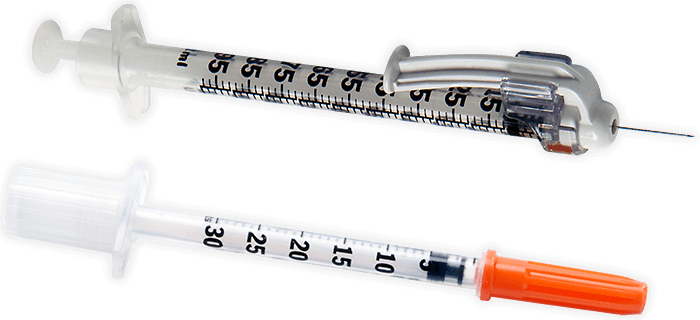
Insulin Syringes - BD
Insulin Management of Type 2 Diabetes Mellitus - American Family Physician
APIDRA® (insulin glulisine injection), for subcutaneous or intravenous use Prescribing Information
Confused about syringe options | Feline Diabetes Message Board - FDMB
How To Use Toujeo Insulin Pens | Toujeo® (insulin glargine injection) 300 Units/mL
Insulin Administration | Basicmedical Key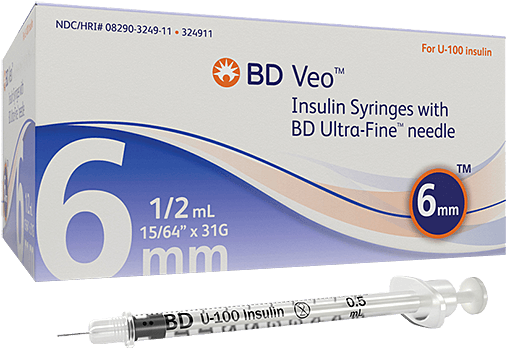
BD Veo™ insulin syringes with BD Ultra-Fine™ 6mm x 31G needle - BD
Dosing Lantus® (insulin glargine injection) 100 Units/mL
 How to Read an Insulin Syringe
How to Read an Insulin Syringe

































Posting Komentar untuk "1 unit of insulin"